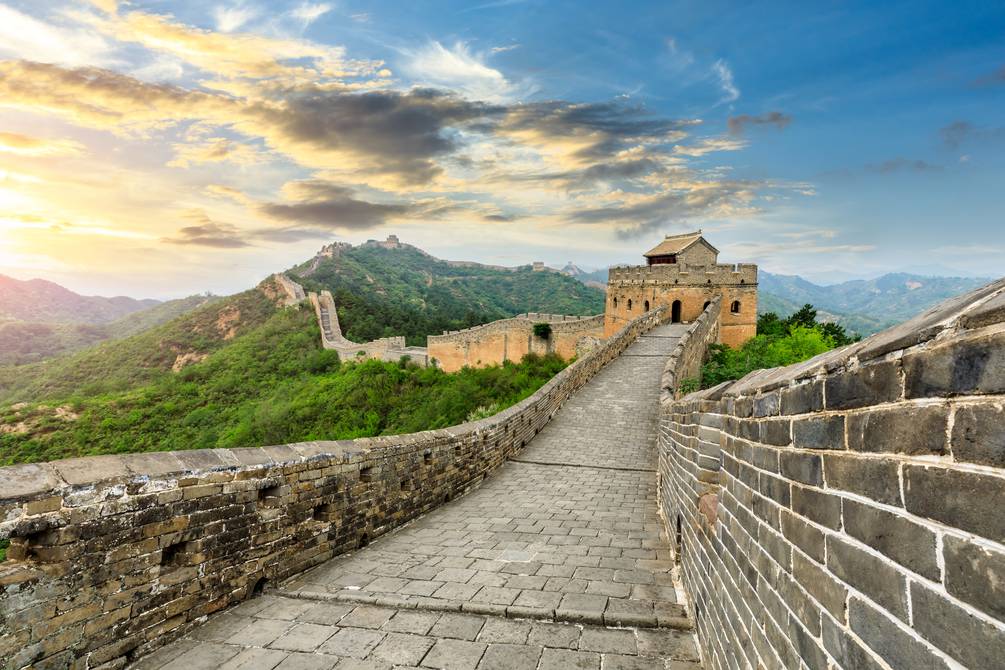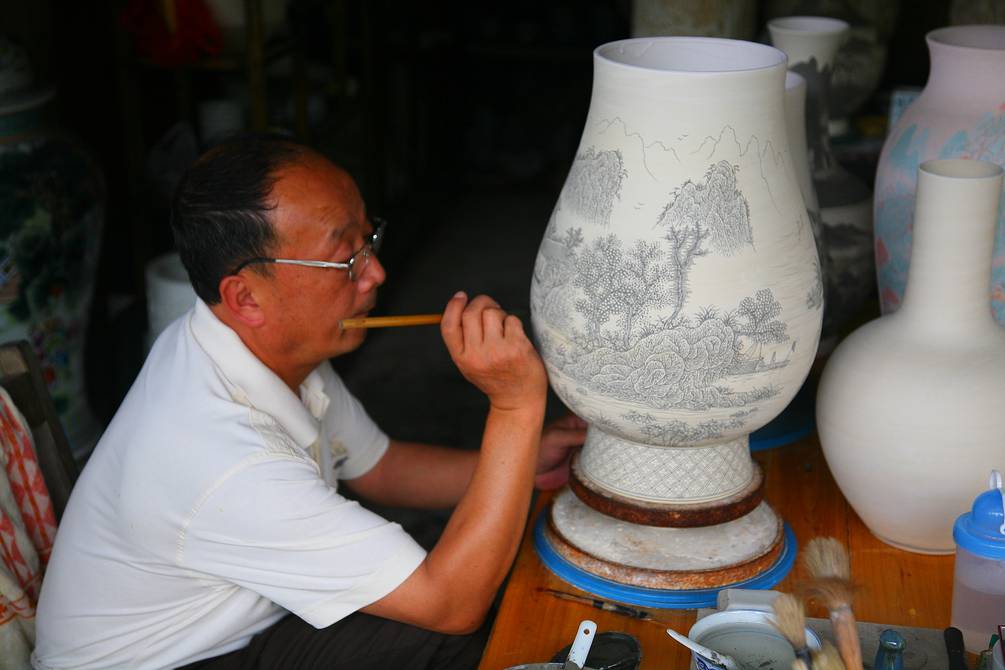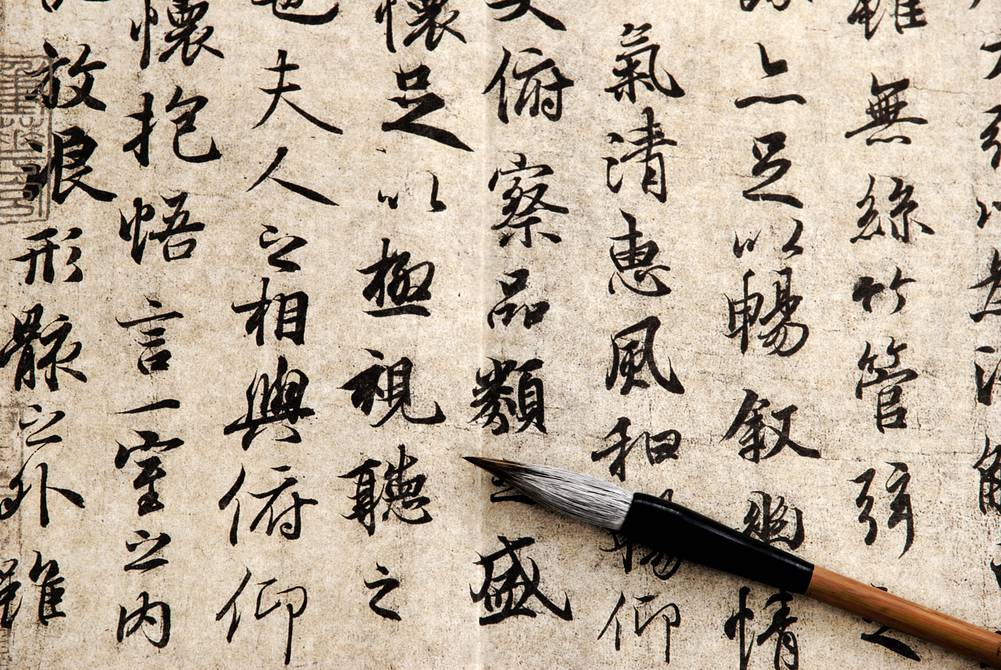It is what the name of the legendary nation means. Vestige of the unification of China undertaken by the Qin kingdom that progressively conquered six of its neighbors, creating its territorial core around the 3rd century BC. c. The First Emperor Shi Huang he would leave behind the fabulous 1,500-mile Great Wall, built on the Babylonian model to hold off barbarian invasions from the north, and the superb mausoleum of his terracotta warrior army. It would be the beginning of the succession of a dozen dynasties, for two millennia, from the Han to the Manchus, whose overthrow would mean the end of the imperial civilization in 1911.
From this beginning they would add extensive regions of Mongolia, Manchuria, Korea, Indochina, Tibet and Turkestan that would configure this Asian giant with its natural borders: Siberia to the north; the Himalayas to the south; the Yellow and North and South China Seas to the east; and the Gobi desert to the west. In such a vastness, it would forge a space of isolation that would serve to preserve its identity, being at present the oldest living culture of humanity.
two philosophers, Lao Tzu and Confucius, who lived a generation followed around the 6th century BC. C, left a deep mark on Chinese thought. The first preached the Tao or “path” that advises a modest life, of retirement and contemplation of nature as a means to achieve wisdom. The second, more pragmatic, focused on the concept that the formation of good citizens Through the obedience of children to father and wife to husband, it was key to guaranteeing an unbeatable government whose primary condition was, at the same time, sincerity; emphasizing that the ruler should be an eminent role model to project his example to the people.
Both visions intervened to give rise to a non-theological humanistic philosophy, where the cult of ancestors, a diffuse celestial order, was combined with the veneration of great men, emperors or sages. buddhism, the first foreign religion to penetrate China around the 1st century AD. C, would strengthen this pure spirituality free of dogmas, a habit of tolerance that would avoid wars by profession of faith. In this way, an ordinary Chinese could be Animist, Taoist, Confucian and Buddhist at the same time.
The shared criterion is that all beliefs can be reduced to the opposition and union of the two basic factors of the universe: the feminine and masculine principles of yin and yang, keeping themselves alien to metaphysics with the positive and practical spirit of their philosophy.
During the European Enlightenment of the 18th century, Voltaire, the French guru, promoted the intellectual discovery of China pondering the antiquity of its laws, customs, language and even the habit of dressing, which he attributed to a stable and strong moral code that, in his opinion, maintained the necessary order and discipline to avoid the vicissitudes of the unstable State.
In truth, it was a mere rediscovery since around the year 1300 the memoirs of the Venetian merchant Marco Polo had circulated profusely, giving an account of his 26-year journey to remote Cathay (China), where he had been an official of the Mongol Emperor Kublai. Khan, who would move his palace from the mythical Xanadu to the new capital of Beijing, a city of dazzling luxury. Also, The Silk Road that linked the Far East with Mediterranean and Black Sea ports bringing silk, tea, porcelain, paper, peaches, apricots, gunpowder and playing cards, and carrying alfalfa, glass, carrots, peanuts, tobacco and opium, was known from the beginning of the Roman Empire that coincided with the Christian era.
Silk cultivation in Europe was introduced by Nestorian monks who came to Constantinople from China in the 6th century AD. C. for its later diffusion in Sicily and England.
The transition from medieval Europe to the Renaissance was due to the influx of inventions from the Middle Kingdom: the compass that served high-seas navigation; gunpowder used in Chinese rocketry that was first put to military use by the Arabs; Y print which started from imperial bureaucratic seals transformed into mobile linotypes. When Polo reported that paper money was used in this distant country, they called him “Marco Millions” as a mockery; with great delay its use would only begin in 1645.
The language
It differs from the rest of the world. It has no alphabet, no spelling, no grammar, no parts of speech. Each of your words can be a noun, verb, adjective, or adverb, depending on tone and context.. As there are only between four hundred to eight hundred verbal sounds or words, which must be used to express the 40,000 characters of their writing, each one has from four to nine “tones”, which depend on how it is sung in addition to its gesture and context. So much so that the word Yo it can mean 69 things; shi, 59; Y ku, 29. “No other language has been at the same time, so complex, so subtle, and so brief,” warns Will Durant in work The civilization of the Far East.
The average Chinese can manage with three or four thousand signs, although the learning of the total requires an application of decades. The manifest advantage of such a language, which expresses not sounds but ideas, is that it can be read by Koreans and Japanese as easily as the Chinese, endowing the Far East with an international written form.
The educated classes exhibited long fingernails, just as Western women wore high heels: to evidence their exemption from physical labor. Scholars, teachers, and officials were the highest class, followed by peasants (those who cultivated the land, the main source of wealth, were honored), then artisans, and lastly merchants, who were scorned for profiting from the work of others.
Chinese fine arts were subject to antagonistic canonss compared to their Western peers. The painting It was printed on rolls or screens with scenes of nature where perspective or shadow had no place. The vision was not level but from top to bottom. The human body was not admired as a captivating object, preferring to represent animals rather than philosophers or saints. The ceramic it would please their practical and aesthetic souls combining use with beauty, porcelain being the most perfect expression of this branch of sculpture. When it was introduced to Europe it would be baptized that way because its rounded shapes resembled the butt of a porcella or little pig
Regarding literary forms, history has traditionally been the one with the greatest recognition and popular acceptance.
The two opium wars of the 19th century against England and its Western allies forced China to open its ports to International Trade, giving rise to a period of decline, affected by colonialism and imperialism, which led to a republican/nationalist revolution that gave rise to a period of political instability, aggravated by the Japanese invasion and the Second World War, which, after a prolonged conflict led to power, in 1949, the communists of Mao Tse-Tung.



